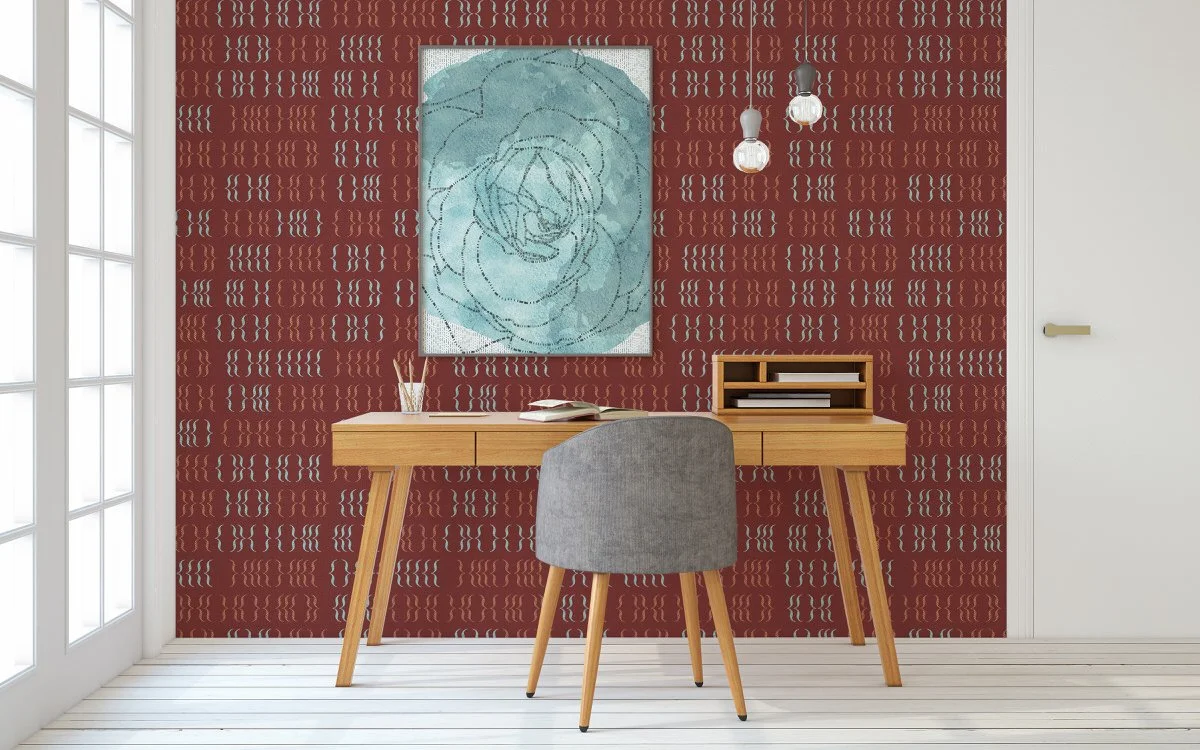Design Pool, LLC has released a new collection of pattern designs inspired by The Museum of Printing. This small museum’s mission is to preserve “the history of the graphic arts, printing equipment, and printing craftsmanship.”
Located in Haverhill, Massachusetts, The Museum of Printing has small exhibits and extensive special collections. They have hundreds of examples of antique printing, typesetting, and bindery equipment. In addition, there are two libraries of books and documents about the history of printing, as well as a shop and meeting and workshop spaces.
Design Pool founder and designer Kristen Dettoni visited the museum earlier this year and was given a tour by Executive Director Frank Romano. This tour inspired a collection of eleven patterns called Moveable Type.
All the patterns in Moveable Type reference typography and the history of printing. Motifs in these patterns are based on old typewriter keys, a collection of wingding icons, and letterforms in general. In the case of two patterns, Kristen continues to work in code as she did in Design Pool’s award-winning Cryptology Collection. These patterns use code to pay homage to Victor Lardent, who created Times New Roman, and William Addison Dwiggins, the typography who created the fonts Metro, Caledonia, and Electra.
To help the museum continue its mission to provide programming and exhibits to the community, proceeds from six of the patterns in Moveable Type will be donated to The Friends of the Museum of Printing, Inc. Founded in 1978 by a group of printing enthusiasts, this non-profit helps the museum save and preserve the equipment and collected materials and share the history of the graphic arts. Ultimately, they want to help the museum “tell the stories of these changes using one of the world’s largest collections of printing and typesetting hardware and ephemera.”
Romano said about the pattern collection and the fundraising effort, “I am happy to see the museum inspired Kristen and love the patterns in Design Pool’s Moveable Type collection. It is exciting to see historical printing equipment inspire patterns that will be ultimately printed on the latest in today’s digital printing technology. We hope projects such as this one motivates more people to learn about the history of printing and visit the museum.”

